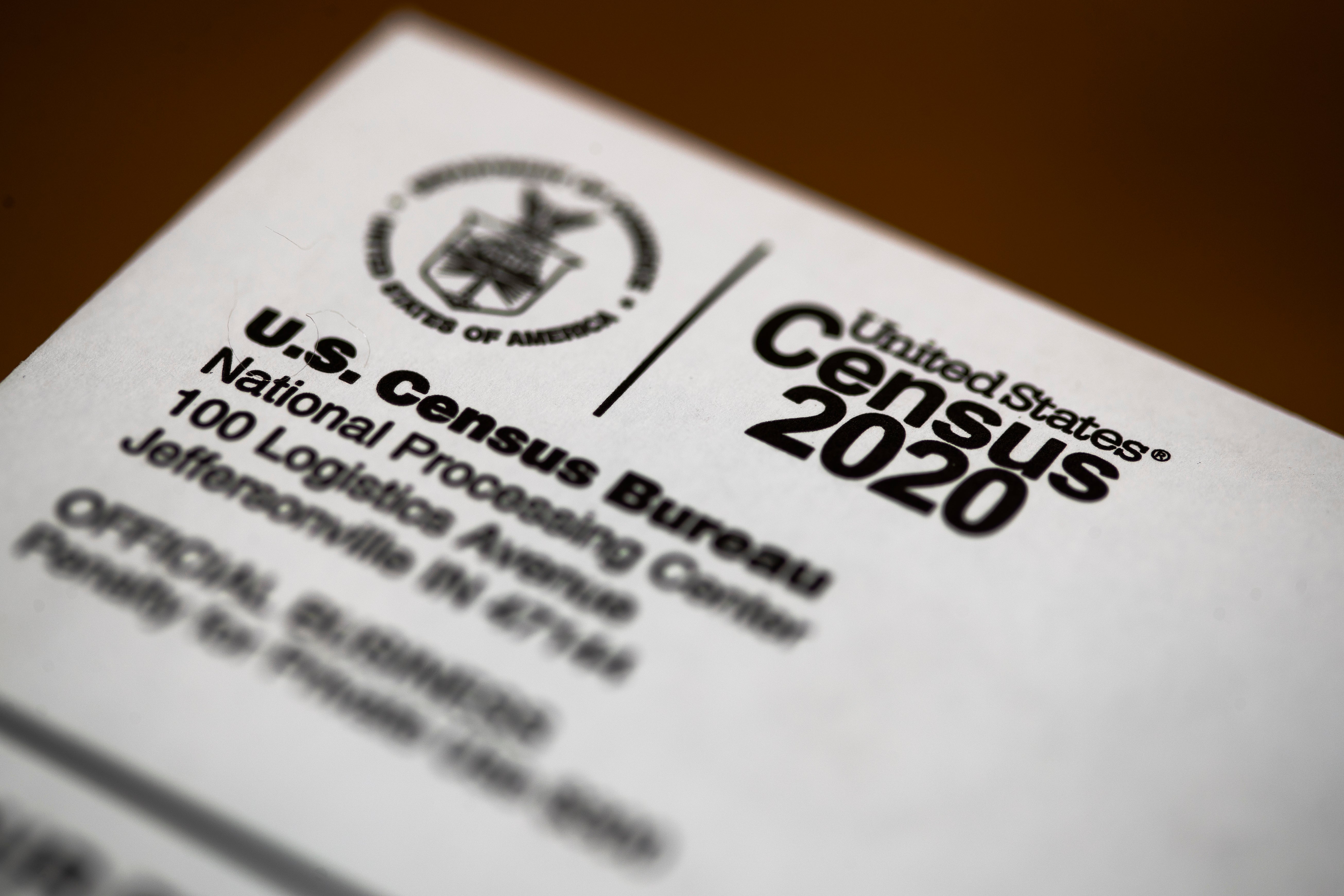Appellate judges let 2020 census continue through October
A panel of three appellate judges has upheld a lower court order allowing the 2020 head count of every U.S. resident to continue through October

Your support helps us to tell the story
From reproductive rights to climate change to Big Tech, The Independent is on the ground when the story is developing. Whether it's investigating the financials of Elon Musk's pro-Trump PAC or producing our latest documentary, 'The A Word', which shines a light on the American women fighting for reproductive rights, we know how important it is to parse out the facts from the messaging.
At such a critical moment in US history, we need reporters on the ground. Your donation allows us to keep sending journalists to speak to both sides of the story.
The Independent is trusted by Americans across the entire political spectrum. And unlike many other quality news outlets, we choose not to lock Americans out of our reporting and analysis with paywalls. We believe quality journalism should be available to everyone, paid for by those who can afford it.
Your support makes all the difference.A panel of three appellate judges on Wednesday upheld a lower court order allowing the 2020 head count of every U.S. resident to continue through October. But the panel struck down a provision that had suspended a year-end deadline for turning in figures used to decide how many congressional seat each state gets.
The ruling by the three judges on the Ninth Circuit Court of Appeals in San Francisco was a split decision for the Trump administration and a coalition of civil rights groups and local governments that had challenged the administration’s 2020 census schedule.
The ruling upheld part of U.S. District Judge Lucy Koh’s preliminary injunction last month, and rejected part of it.
Koh’s preliminary injunction suspended a Sept. 30 deadline for finishing the 2020 census and also a Dec. 31 deadline for turning in numbers used to determine how many congressional seats each state gets in a process known as apportionment. Because of those actions, the deadlines reverted back to a previous Census Bureau plan that had field operations ending Oct. 31 and the reporting of apportionment figures at the end of April.
Attorneys have indicated they would likely appeal the case to the U.S. Supreme Court.
The coalition of civil rights groups and local governments had argued that minorities and others in hard-to-count communities would be missed if the counting ended in September instead of October. But Trump administration attorneys had argued that the Census Bureau was obligated to meet the congressionally mandated requirement to turn in apportionment numbers by Dec. 31.
In response to the pandemic, the Census Bureau in April proposed extending the deadline for finishing the count from the end of July to the end of October and pushing the apportionment deadline from Dec. 31 to next April. The proposal to extend the apportionment deadline passed the Democratic-controlled House, but the Republican-controlled Senate didn’t take up the request. Then, in late July or early August, bureau officials changed the deadline once again to the end of September.
The Republicans’ inaction coincided with a memorandum President Donald Trump issued, which was later ruled unlawful by a panel of three district judges in New York, directing the Census Bureau to exclude from the apportionment count people in the country illegally. The Trump administration is appealing that case to the U.S. Supreme Court.
By keeping to the Dec. 31 deadline, the apportionment count would be under the control of the Trump administration no matter who wins the presidential election next month.
While allowing the head count to continue through October does leave less time to crunch the numbers before the Dec. 31 deadline, Trump administration officials and outside advisory groups had said that the Census Bureau would be unable to meet that deadline “under any conditions," the appellate judges said.
“Moreover, the December 31, 2020, deadline is nearly three months away. As we have already stated, predictions as to whether it can still be attained are speculative and unstable," the judges said.
The census determines how many congressional seats and Electoral College votes each state gets and how $1.5 trillion in federal funding is distributed each year.
As of Tuesday, 99.7% of households nationwide had been counted, a figure that surpassed the completion rate in 2010, although South Carolina, Alabama, Mississippi and Louisiana hadn’t yet crossed the 99% threshold, according to the Census Bureau.
___
Follow Mike Schneider on Twitter at https://twitter.com/MikeSchneiderAP